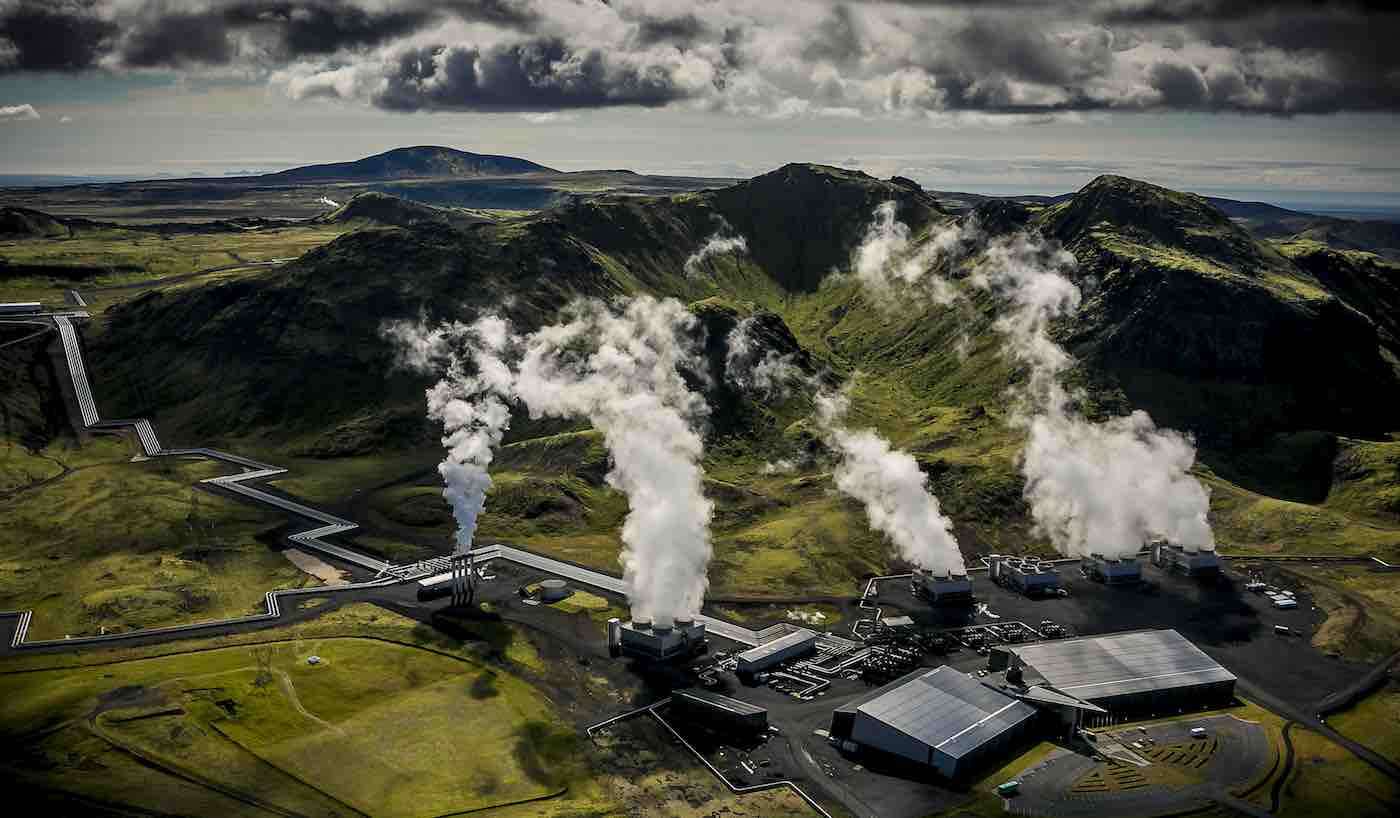Library of Congress Makes Dozens of Ultra-Rare Children's Books Available For Free Online
As a means of celebrating the centennial of Children's Book Week, the Library of Congress has digitized dozens of rare children's books online.

This unassuming facility in Iceland is literally taking a groundbreaking approach to stopping climate change.
For the last four years, the CarbFix project in Reykjavik has been turning greenhouse gas emissions from a nearby power plant into stone.
Due to the fascinating geological layout of Iceland, the bulk of the nation's energy comes from geothermal sources. Though this is an ideal source of renewable energy, geothermal steam still contains small amounts of carbon dioxide.
So as a means of preventing the CO2 from entering the atmosphere, the Hellisheidi Power Plant created the CarbFix carbon capture facility.
The facility is designed to divert all of the carbon emissions that are generated by the plant's steam-powered geothermal turbines. The captured CO2 is then processed so that it turns into water containing dissolved carbon dioxide.
Once processed, the water is pumped one mile underground so that it can react with the basaltic rock foundations underneath of the facility and turn into minerals.
"In contrast to most projects, [CarbFix's] goal is to petrify carbon by accelerating the transformation of CO2 into stable carbonate minerals (e.g. calcite) as rapidly as possible," says the CarbFix website.
"[Once injected], the movement of the injected gases is monitored, and their fate is modeled using state of the art simulation tools. In accordance with a pre-defined traffic-light protocol, preventive steps are followed to minimize risks of induced seismicity. Any induced seismicity that occurs due to injection activities is monitored and analyzed.
"Once CO2 is transformed into carbonate minerals, it has been permanently removed from the atmosphere because carbonate minerals are stable on a geological time-scale."
The project was officially launched in 2014 following a successful 2-year pilot program. The facility now processes approximately 12,000 tons of CO2 from the power plant every year – and researchers are now trying to launch a similar system so that it can capture carbon directly from the air.
"It's definitely not ‘the solution,' but it's one of the solutions that can be used in the fight against climate change. And we will need all the solutions possible for this huge problem to be solved," Reykjavik Energy's Sandra Snæbjörnsdóttir told The World.
(LISTEN to the news report below)
This Story Rocks! So Be Sure And Share It With Your Friends On Social Media…
Be the first to comment